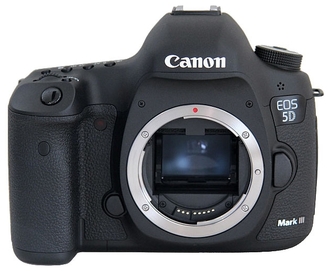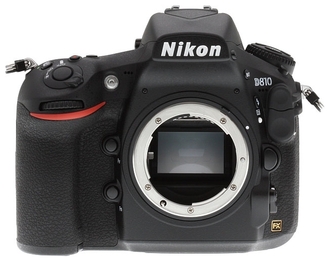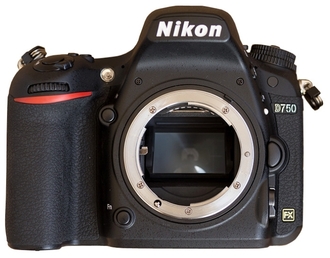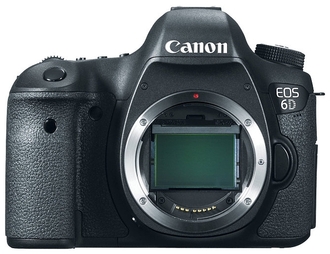Top 5 professional cameras





Professional photographers make big money on their work. The main task of a professional is to capture a colorful frame in the best quality. He should also have the ability to quickly change the lens and use an external flash. So, compacts or some cheap SLR will not work. For masters produced a completely different technique. In this ranking, we offer the best models for professionals.
| A place | Name | Rating | Price |
|---|---|---|---|
| 1 | Canon EOS 5D Mark III Body | 9.9 / 10 | 164 000 |
| 2 | Nikon D810 Body | 9.8 / 10 | 119 900 |
| 3 | Nikon D750 Body | 9.7 / 10 | 96 000 |
| 4 | Sony Alpha SLT-A99 Body | 9.7 / 10 | 119 900 |
| 5 | Canon EOS 6D Body | 9.5 / 10 | 91 971 |
|
164 000
This camera can be called legendary. It costs a lot of money, because of which it remains an impossible dream for many not the most successful photographers. This camera has a full-frame matrix, the resolution of which is 22.3 megapixels. It is more than enough to print the image in the largest formats and view the image on 4K TVs. What can I say, the frames will look great even on devices with 8K-screen, which have not yet appeared in the mass sale. In serial mode, the camera creates 6 frames / s. And this is with tracking autofocus, which is almost never wrong! Everything is in order here and with video filming. In conjunction with the MagicLantern firmware, the device can replace a full-fledged movie camera, the cost of which is several times higher.
Main advantages:
Minuses:
|
 9.9 / 10
Rating
|
|
119 900
This is one of the first cameras with a “soft shutter”, and with a fairly smooth. Also, the creators of Nikon D810 decided to improve the low-pass filter, so that the moire from the frame almost disappeared. Buyers praise this camera and for high-speed autofocus. Some photographers use the device even as a reporting camera - the automatic focusing system works so well here. More creators have tried to reduce energy consumption, which increased the battery life. Finally, people are surprised that at a 36-megapixel resolution, the matrix makes almost no noise even at an ISO 3200 value! The Japanese do wonders!
Main advantages:
Minuses:
|
 9.8 / 10
Rating
|
|
96 000
This unit is very sensitive. Digital noise is barely noticeable even at an ISO 2500 value. The camera also received a Wi-Fi module (sorry, not well supported by software). The camera has a lot of merits. In serial mode, it takes 6.5 frames per second. The LCD display is pleased with a 3.2-inch diagonal, high resolution and inclined design. On the body of the camera can detect high-speed USB 3.0 connector. Finally, the owner of the camera is available video in Full HD resolution at 60 frames per second.
Main advantages:
Minuses:
|
 9.7 / 10
Rating
|
|
119 900
Despite the "age", this model is able to give odds to many other DSLRs. It has a 24-megapixel sensor.The ISO range does not look wide, but digital noise does not appear even at sufficiently high values. Most of its owners, this SLR pleases the serial shooting mode, in which 10 frames / s are created. The sounds of the shutter in these moments are a pleasure for any photographer! Also, the camera is able to provide high-speed exposure - its range starts from 1/8000 s. Swivel display allows you to shoot, even with uncomfortable angles.
Main advantages:
Minuses:
|
 9.7 / 10
Rating
|
|
91 971
This camera was created more for novice professionals than for those who ate a dog in their field. This is evidenced by at least the cost, which seems large only inexperienced. Also, this model may appeal to those who are deterred by such devices because of their severity. In fact, the EOS 6D is the lightest and most compact full-frame SLR in the history of Canon. At the same time, the camera is still endowed with a magnesium case, which has protection against dust and splashes.
Main advantages:
Minuses:
|
 9.5 / 10
Rating
|
